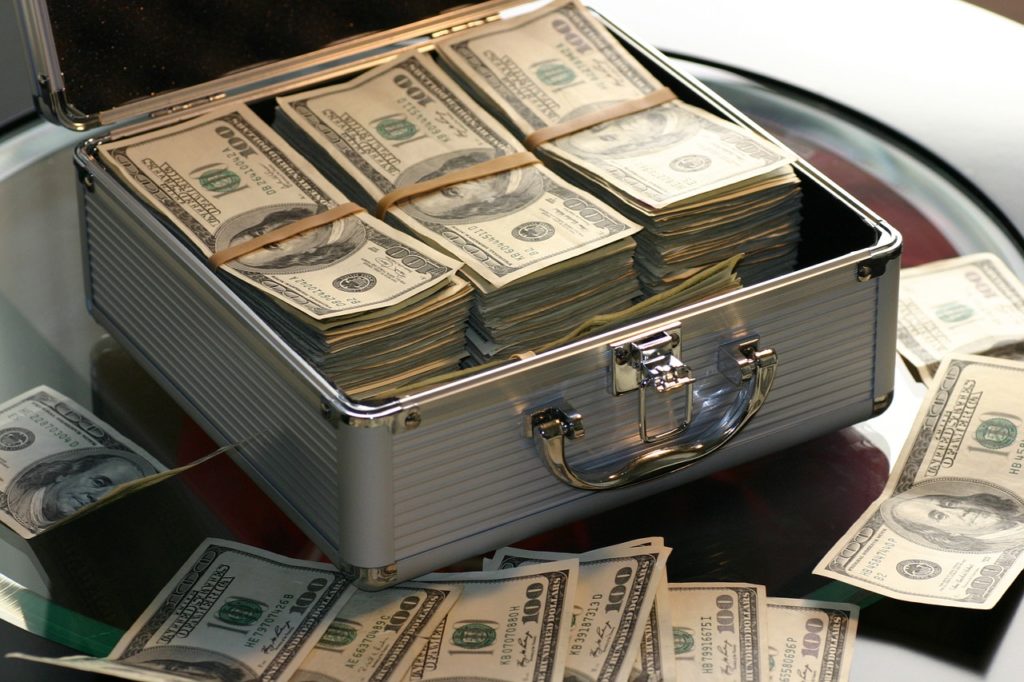Finances 101: What Is an Asset and What Is a Liability?
Look at practically any business document and you will find two words: assets and liabilities. These two words form the backbone of any business. The words are different but, together, they have the same purpose—to grow the viability and lifespan of a business.
The difference between assets and liabilities is that an asset is owned by a business and provides economic benefits in the future. By contrast, liabilities are something a company is obligated to pay in the future. Understanding how these concepts work will help with your finances.
How Assets and Liabilities Work Together
Most people believe that assets and liabilities are very different, and they are. Most people don’t understand that, although assets are liabilities are very different, they work together to make a business strong and healthy.
Accountants describe an asset as anything owned by a business that provides future benefits. For example, if a printer buys a new printing press, that is an asset since it not only is something that is owned by the business but also provides economic benefits. That asset will help the company generate income for years to come.
On the other hand, a liability is something a business that it is obligated to pay off in the near or distant future. In the case above, for example, if the printer buys a printing press on credit, the press is an asset, but the debt incurred by the business to pay for the printing press is a liability since that debt must be repaid in the future.
Important Differences Between Assets and Liabilities
Although the differences in assets and liabilities discussed above might seem straightforward, several of these differences have important nuances.
First, when an asset is purchased, it is done so for the business’s benefit in its pursuit of profits. When an asset is purchased on credit, it increases the business’s liabilities, which are paid off in the future. Payments made towards this debt decrease the total amount of the liability.
Second, assets that are purchased for deriving long-term benefits for a business are called fixed assets. A fixed asset is an asset that is not likely to be converted into cash soon. Fixed assets are things such as land, buildings, equipment. In the example above, a printing press would be considered a fixed asset. By contrast, if a store owner sold clothing, for example, any item of clothes they intend to sell would not be considered a fixed asset. Instead, it would be considered a different class of assets called Inventory.
Thirdly, any fixed asset depreciates, which means that its value is reduced due to wear and tear over time. Again, in the illustration above, a printing press lessens in value over time because it gradually wears out. This gradual reduction in value is its depreciation.
Both assets and liabilities are part and parcel of any business. Without assets, no business can grow. Further, without taking on any liabilities, a business will not generate leverage for itself. When properly managed, liabilities are only taken to increase assets, allowing a business to thrive. This is why any business should invest in assets that generate the cash flow from the various sources, creating streams of income to counteract negative events in the future.

